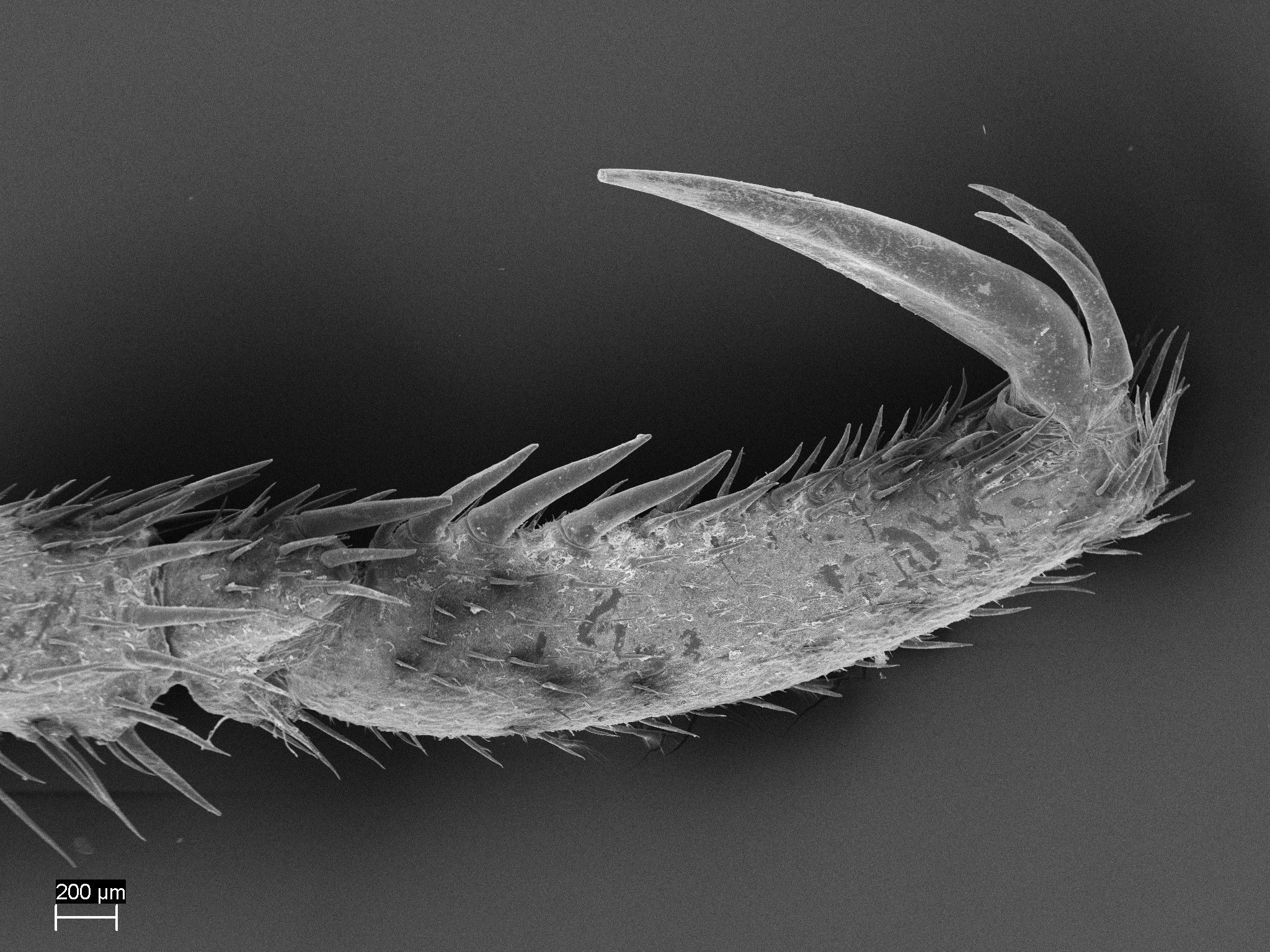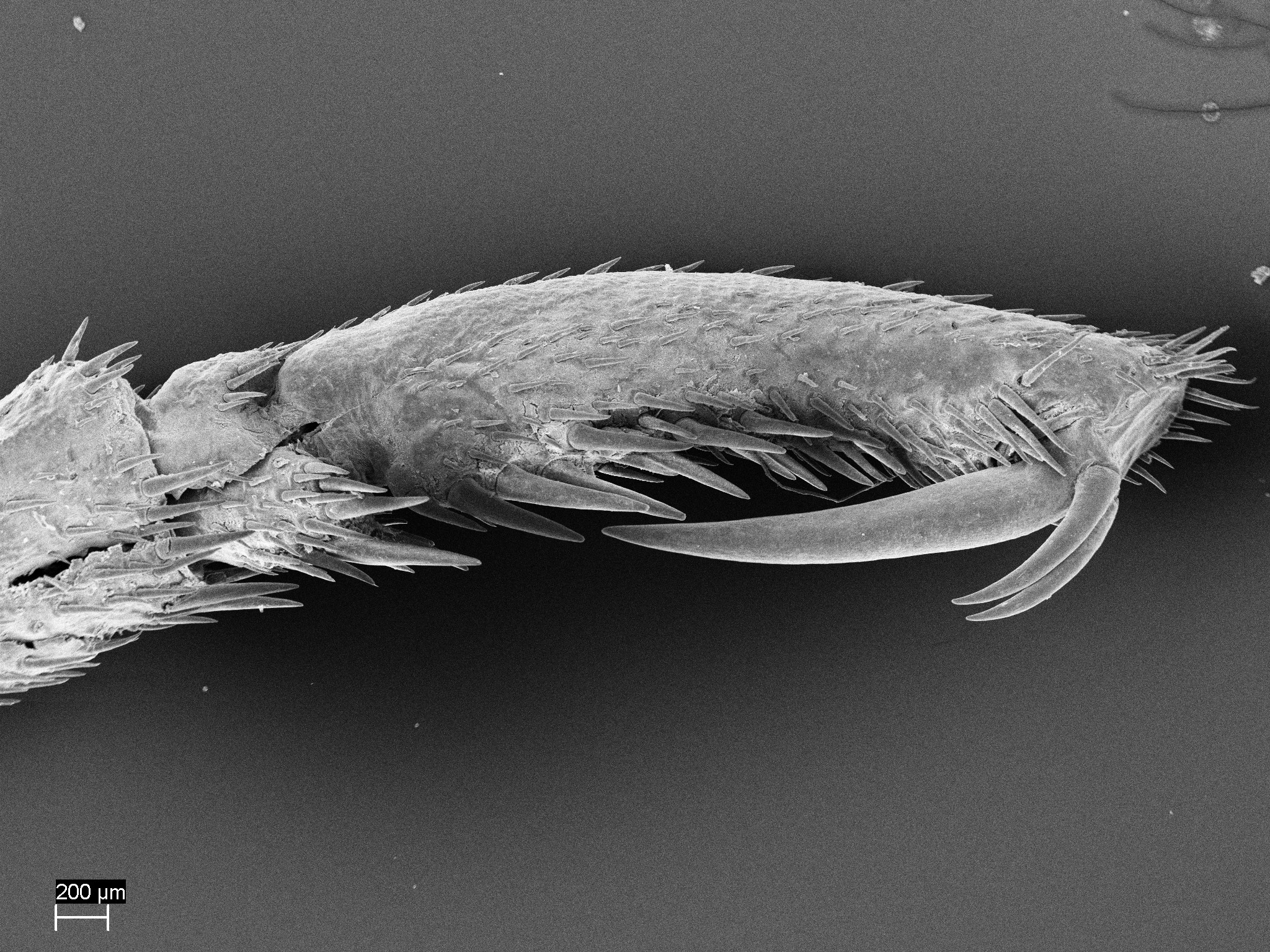Sea Spider Morphology & Evolution
In this research project, I worked with a friend on these peculiar little alien creatures called sea spiders. Although on first glance they look sort of like crabs, they are actually more closely related to spiders. Sea spiders belong to the order Pantopoda, and the specific group we worked with are in genus Pallenopsis. Specifically, the Pallenopsis we worked with are from the Southern Ocean between the cape of South America and Antarctica which you can see on the map below.
Figure 1 (on the right) shows the sampling locations for the sea spiders I am working with. This figure is taken from a paper by Doemel et al. 2017 (Frontiers in Ecology and Evolution) with a zoomed out map (on the left) that I created using some open source shapefiles in qGIS.
Until the last few years, the sea spiders we worked with were all thought to be one species. After some other people working with my professor looked at their DNA, it turned out that they cluster pretty neatly into unique groups. To see if these genetic differences were accompanied by some morphological differences, me and another student began our project to take a closer look at these strange creatures. We did some imaging of sea spider feet using the Scanning Electron Microscope (SEM). Once we started imaging their feet, we realized how many visible differences there were between individuals of different groups.
Take a closer look at our Sea Spiders
See if you can tell the differences between the feet of different sea spider species by taking the Funky “Feet”-ures quiz below
Note: ProProfs has changed their account settings and I’m aware the embedded block below is not displaying properly. This will be fixed soon.
Scanning Electron Microscope (SEM) Images
Thanks to Alejandro Izquierdo and Sabrina Duncan for testing and giving feedback on “Funky Feet-ures.”
Project Publication
Dömel … Wolcott, Leese and Melzer 2019. Combining morphological and genomic evidence to resolve species diversity and study speciation processes of the Pallenopsis patagonica (Pycnogonida) species complex. Frontiers in Zoology 16(36) 1-29. doi.org/10.1186/s12983-019-0316-y.






